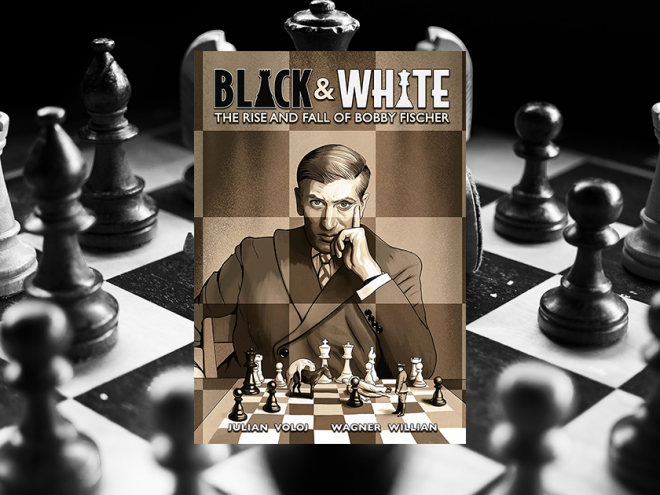Julian Voloj is the author of Ghetto Brother: Warrior to Peacemaker, a nonfiction graphic novel about the 1971 Hoe Avenue peace meeting brokered by the Ghetto Brothers’ president and Nuyorican crypto-Jew Benji Melendez. He will be blogging here all week as part of the Visiting Scribe series on The ProsenPeople.
In 2010, while working on a photo series on Jewish diversity, I read about Benjamin Melendez; a month later, I revisited the South Bronx with the former gang leader, listening to his stories, trying to figure out how to best portray him. My portrait of a man who found his inner peace by reclaiming his Jewish heritage was part of my ten-year retrospective at the German Consulate in New York.
 My encounter with Melendez was not my first trip to the Bronx. In 2004 – 2005, while working on my first New York solo exhibition, Forgotten Heritage, I traveled the borough extensively, retracing and documenting former Jewish sites.
My encounter with Melendez was not my first trip to the Bronx. In 2004 – 2005, while working on my first New York solo exhibition, Forgotten Heritage, I traveled the borough extensively, retracing and documenting former Jewish sites.
In the 1930s, around half the borough’s population was Jewish, but by the time the Melendez family moved to the area, most of them had already left to the suburbs or others parts of the city. Listening to Benjamin Melendez, I felt there was a larger story to be told.
Initially I was thinking of an oral history project, combining portraits with interviews, but when discussing my ideas with my friend Claudia Ahlering, we decided to recreate the 1970s Bronx in form of a graphic novel. We were fortunate to have the archive of Rita Fecher as source material. In the 1960s, the daughter of a rabbi and ex-wife of another had left New Jersey for the Greenwich Village, and from there made her way to the South Bronx, where she worked as a public school teacher. With her Super 8 camera, Fecher documented the borough’s tough kids — including Melendez — whom she saw as victims of a failed social policy.
Her tapes were unused for decades until Henry Chalfant, a photographer and filmmaker probably best known for his 1983 graffiti documentary Style Wars, convinced Fecher to revisit the project. Together, they found some of her former students and interviewed them about their post-gang lives. The documentary Flyin’ Cut Sleeves was completed in 1993, and in it are also scenes of Melendez at the Intervale Jewish Center talking about reclaiming his roots. The Center was also subject of a documentary The Miracle of Intervale Avenue, another great resource in putting together the script for Ghetto Brother.
Yes, Ghetto Brother is primarily a story of gangs in New York, but at the same time, it is also a piece of American Jewish history worth exploring.

Born in Germany to Colombian parents, Julian Voloj is used to living in between worlds. In his work, the grandson of Shoah survivors explores questions of Jewish identity and heritage.
Related Content:
- Jerome Charyn: The Land of Aardvark
- Crossing Broadway: Washington Heights and the Promise of New York City by Robert W. Snyder
- Boulevard of Dreams: Heady Times, Heartbreak, and Hope along the Grand Concourse in the Bronx by Constance Rosenblum
Julian Voloj is a New York – based writer whose work has been published in the New York Times, Rolling Stone, the Washington Post, and many other national and international publications. Born to Colombian parents in Germany, where he studied literature and linguistics, Voloj moved to New York in 2004. His fascination for forgotten heroes and hidden figures stems from his own family history and has been a leitmotif in his nonfiction graphic novels.



